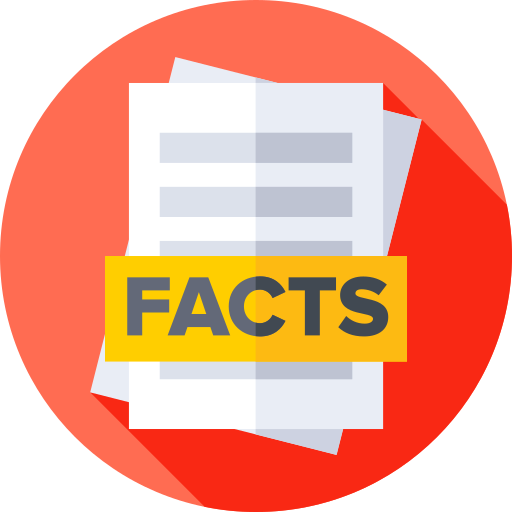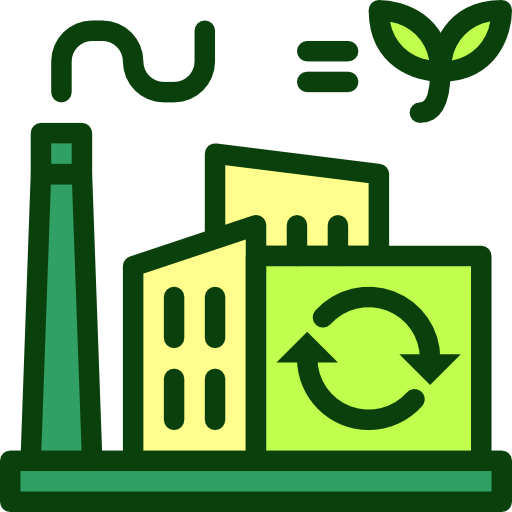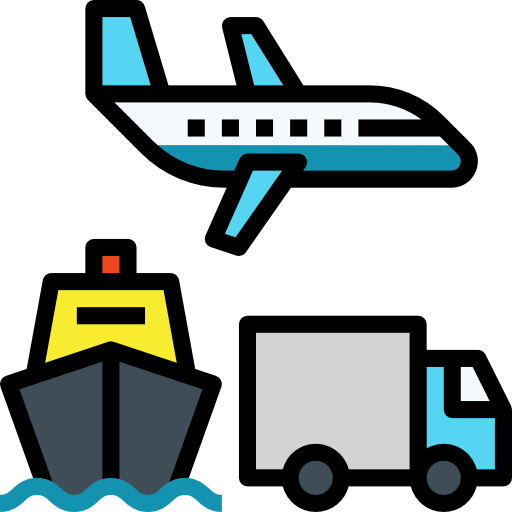Wallis and Futuna - Economy

How is the economy of Wallis and Futuna? Based on the information we have, Wallis and Futuna has a lower-middle-income, agrarian French dependency economy; heavily reliant on French subsidies; licenses fishing rights to Japan and South Korea; major remittances from New Caledonia; aging workforce; import-dependent; deforestation-fueled fragility. Key agricultural products in this country include: coconuts, breadfruit, yams, taro, bananas; pigs, goats; fish.
More about the economy of Wallis and Futuna
| Labor force | |
|---|---|
| Industrial production growth rate | |
| Industries | copra, handicrafts, fishing, lumber |
| Population below poverty line | |
| Taxes and other revenues | |
| Fiscal year | |
| Exchange rates | |
| Currency | Comptoirs Francais du Pacifique francs (XPF) per US dollar - |
| Exchange rates 2024 | 110.31 (2024 est.) |
| Exchange rates 2023 | 110.347 (2023 est.) |
| Exchange rates 2022 | 113.474 (2022 est.) |
| Exchange rates 2021 | 100.88 (2021 est.) |
| Exchange rates 2020 | 104.711 (2020 est.) |
| Budget | |
| Revenues | $32.54 million (2015 est.) |
| Expenditures | $34.18 million (2015 est.) |
| Budget surplus (+) or deficit (-) | |
| Imports (partners) | Fiji 35%, France 32%, NZ 11%, Australia 6%, China 4% (2023) |
| Comodities Imports force | refined petroleum, prepared meat, poultry, iron pipe fittings, animal food (2023) |
| Exports (partners) | Denmark 35%, Sweden 14%, Netherlands 14%, Pakistan 9%, Poland 7% (2023) |
| Comodities Exports force | seats (2023) |
| GDP (official exchange rate) | |
All Important Facts about Wallis and Futuna
Want to know more about Wallis and Futuna? Check all different factbooks for Wallis and Futuna below.
-
 Wallis and Futuna Factbook
Wallis and Futuna Factbook
-
 The Economy of Wallis and Futuna
The Economy of Wallis and Futuna
-
 Learn about the Government of Wallis and Futuna
Learn about the Government of Wallis and Futuna
-
 Communication in Wallis and Futuna
Communication in Wallis and Futuna
-
 Popular Universities in Wallis and Futuna
Popular Universities in Wallis and Futuna
-
 Enerny in Wallis and Futuna
Enerny in Wallis and Futuna
-
 Transport in Wallis and Futuna
Transport in Wallis and Futuna
-
 The Geography and society of Wallis and Futuna
The Geography and society of Wallis and Futuna
-
 The Environment of Wallis and Futuna
The Environment of Wallis and Futuna
-
 Military and security in Wallis and Futuna
Military and security in Wallis and Futuna